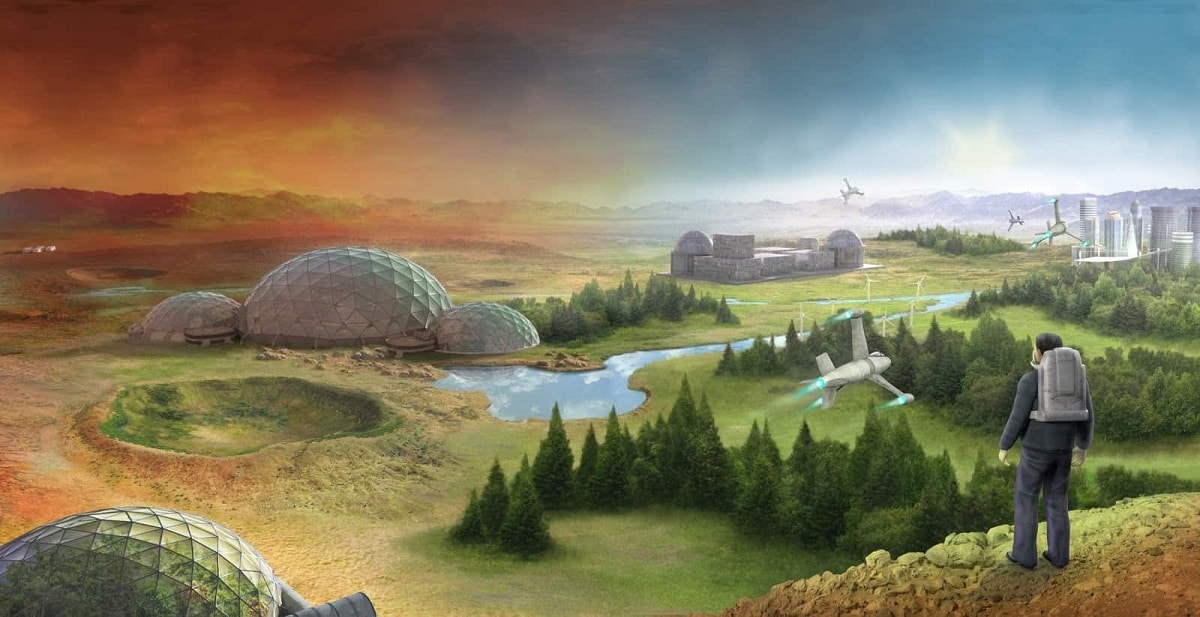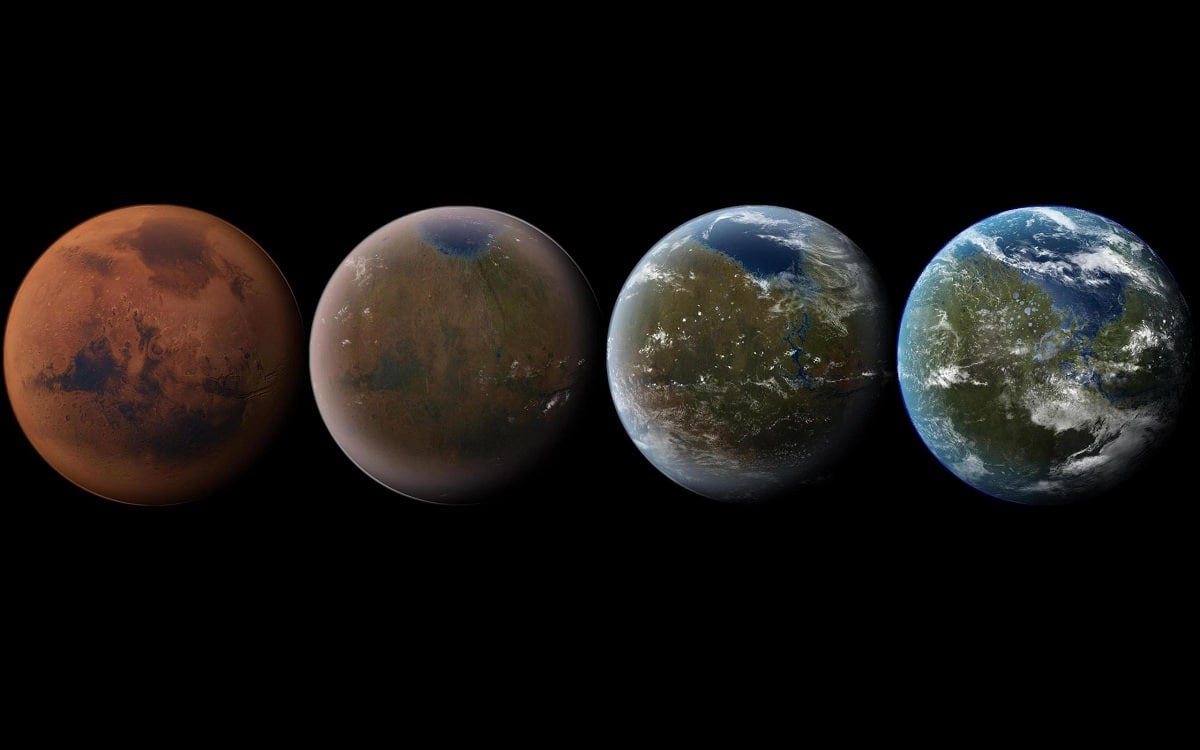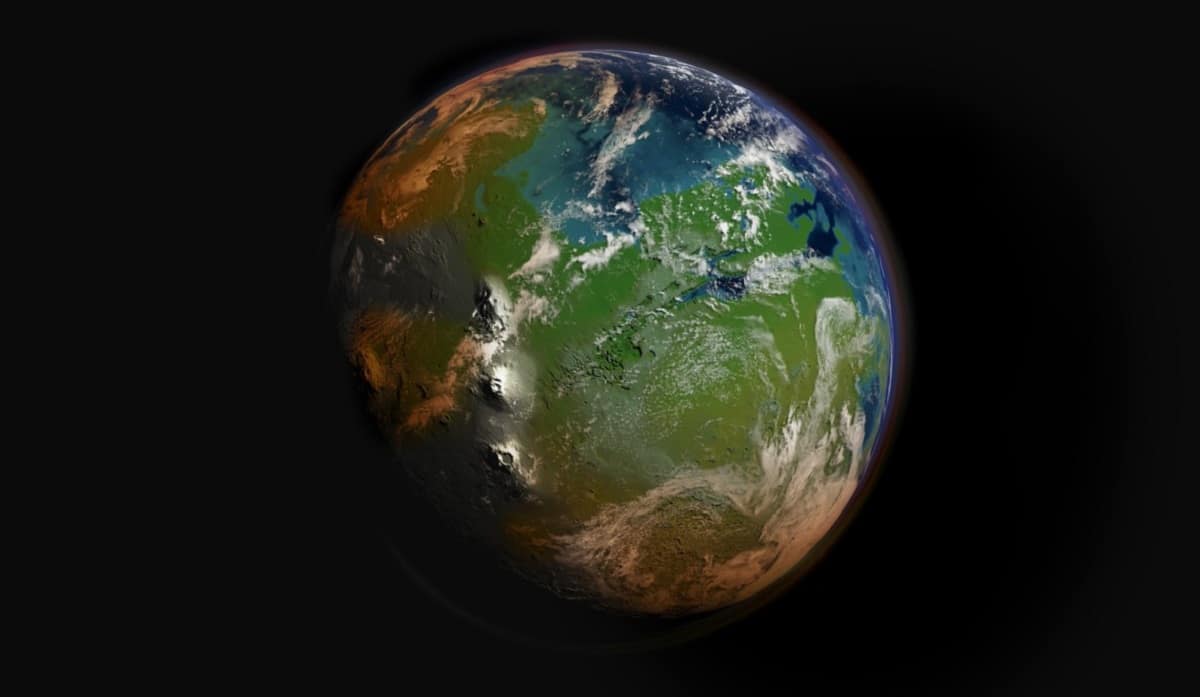
We know that the human being is depleting the natural resources of our planet at a gigantic rate and the very extinction of our species is raised on numerous occasions due to the destruction of our planet. For this reason, there is talk of the terraforming. It is about the adaptation of other planets to suitable habitable conditions for humans. The origin of terraforming took place in science fiction, but thanks to the development of science, in the scientific community it is taking place.
In this article we are going to tell you what are the steps for terraforming and which planets can be conditioned to inhabit.
Terraforming

The fact of talking about terraforming is summarized in looking for a planet and conditioning its atmosphere so that it can be habitable for humans. Once a planet has been terraformed you can talk about the possible habitats that can be used by humans. It is not only important to know and adapt the atmosphere to a habitable place, but also the geological and morphological structures to make them the most similar to our planet. One of the most common cases of terraforming by both the scientific community and the general community is Mars.
There are numerous renowned authors who have proposed to turn Mars into a world adapted to the survival of human beings. There are also other planets that can be terraformed and adapt the conditions to the human being. Terraforming is an almost essential step in the development and survival of the human being as a species. Let's see which are the planets that can be colonized. The logical thing to do is to start with those planets in the solar system that are closest to Earth. Although Venus is the closest planet, its atmospheric pressure level is too high and it has clouds of concentrated sulfuric acid and high temperatures. This makes the challenge of living on Venus too high.
Simpler and more natural would be to start with Mars.
Other planets to terraform

The gas giants in the solar system are Jupiter, Uranus, Saturn and Neptune. They have the obvious problem that they don't have a solid surface to sit on with the exception of the core. This makes them planets that are not even contemplated for terraforming.
The oceanic planets that are almost constituted by a single oceans or very frequent in science fiction settings. In the Interstellar movie or the novel Solaris you can see how a planet is a terrestrial soil and cannot be colonized. This could be fixed in a simple way unlike the case of the gaseous planets, but it would still be a higher cost. However, these planets are very unstable from the climatic point of view as they do not have an emerged Earth's crust and there are no cycles of silicates and carbonates.
On an ocean planet, evaporation is limited and carbon dioxide it is effectively removed by the ocean itself but is not released by the lithosphere. This causes the planet to cool down at a great rate and enter an ice age and in a later stage with a brighter sun the evaporation would increase substantially to form water vapor again and melt the ice. Oceanic planets are too volatile and are totally out of the question for a terraforming process.
Terraforming of Mars

For the reason that we have mentioned above, one of the planets targeted for terraforming by humans is the planet Mars. Nowadays There are two very serious projects for a trip to Mars, although not for terraforming. This shows that the planet continues to arouse great interest in humans. This planet like Earth or Venus has had a geological history. One of the most important details is that if there was water in the past and in what quantity there was. It is an aspect that every time being is more convinced of almost was and that the oceans came to occupy almost a third of the surface.
Currently it is a clearly inhospitable place since its thin atmosphere makes it have about one thousandth of the atmospheric pressure that exists on our planet. One of the reasons for the existence of such a thin atmosphere is because of a weak gravity reaching values of 40% less than on Earth and on the other hand the absence of the magnetosphere. It must be taken into account that the magnetosphere is the one that makes the solar wind particles not be deflected and can affect the atmosphere. We know that these particles can gradually destroy the atmosphere.
The planet we see does not have a magnetosphere and has a dense atmosphere since its force of gravity is much greater. The sea temperature fluctuates a lot and can reach values of hundreds of degrees below zero to 30 degrees in equatorial areas. The winds are usually not very strong and dust storms happen with some frequency. Such dust storms can engulf the entire planet.
Despite the fact that we find a planet with a thin atmosphere, it is easy to find wind speeds of up to 90 km / h. The density is so low on Mars that there are small pressure differences. Another thing that has been done for power generation on Mars is the wind's ability to move mills. This capacity would be greatly reduced even taking the speeds of a sandstorm again caused by the low density.
Live on mars
The characteristic reddish hue of the planet Mars is due to the presence of iron oxides such as limonite and magnetite in the air. This makes the diameter of the particles somewhat greater than the wavelength of light that is entering the planet and can be seen in the air. Of oxygen the water vapor in the atmosphere there are hardly any traces, since the composition of the atmosphere is by 95% or more carbon dioxide, followed by nitrogen and argon.
The absence of a magnetic field causes cosmic rays to hit Mars, so the solar wind particles and the radiation level are too high for humans. One would have to live underground.
I hope that with this information you can learn more about the terraforming of Mars and its characteristics.